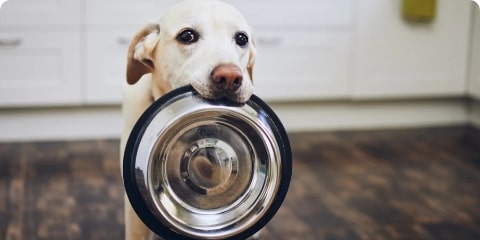Summer is a great time of year for both you and your dog to be outdoors. This time of year you can extend your walk time in the park, head to the beach, take a hike in the woods or head out on the road to get in some travel. But the summer season can also pose
CHOOSE THE RIGHT SHAMPOO:
One of the most important things to consider when bathing your pet is the shampoo you use. Some breeds may have sensitive skin, and certain shampoos can cause allergic reactions. Consult with your veterinarian to choose a shampoo that suits your pet’s skin type and condition. Do not use human shampoo or dish soap on your pet, as it can disrupt their natural oil balance and cause skin irritation…
THE RIGHT TEMPERATURE:
Another crucial element of a successful pet bath is the temperature of the water. The water should be lukewarm, not too hot or too cold. Hot water can burn your pet’s skin, while cold water can be uncomfortable for them. Use a handheld showerhead or a pitcher to wet your pet’s coat. Avoid getting water in their ears, eyes, and nose as it can cause infections.
BRUSH BEFORE BATH TIME:
Before getting your pet wet, brush their coat to remove any tangles or mats. Wet hair tangles more easily, and this can make it challenging to rinse your pet’s coat thoroughly. Brushing helps to remove loose hair, dirt, and debris, leaving your pet’s coat cleaner and shinier.
POSITIVE REINFORCEMENT:
Most pets are not fans of taking baths. To make the experience less stressful, use positive reinforcement techniques. Praise your pet for good behavior and give them treats, so they associate bathing with positive things. Use toys to keep them distracted and have a family member help you if possible to make the process smoother and more manageable.
DRYING OFF:
After rinsing your pet’s coat thoroughly with lukewarm water, use a towel to dry them off. Avoid using a hairdryer, as the noise can be uncomfortable for some pets and can also burn their skin. If you must use a hairdryer, use a low heat setting, and hold it at least a foot away from your pet’s body.
MEDICATED BATHS:
Many shampoos are advertised as “medicated” or imply some kind of health benefit for concerned pet parents. When the normal flora on the skin gets out of balance, an infection has occurred. These can range from malassezia (yeast), which is quite common among dogs with underlying allergies, or dogs who live in a warm, moist climate. Typically the ears and feet are affected most. Other common fungi that are often diagnosed by your vet could be microsporum gypsum or microsporum canis. Bacterial infections are typically staphylococcus but today there are multiple strains and some are tougher than others. There are other bacterial infections of the skin, so it is important to ask your vet what has invaded your pet’s skin. A solid choice for medicated bathing is always Command™ Shampoo for Animals, which is both broad-spectrum and gentle to the skin. Command Shampoo has been proven effective in a peer-reviewed clinical study. Other commonly recommended shampoos may contain chlorhexidine and miconzaole.
Aside from bacteria and fungus, there are mites and insects that can infest your pet’s skin and bedding. Always avoid guessing what is wrong with your pet’s health by getting an exam by your favorite veterinarian.
Bathing your pet can be a fun and relaxing experience for both of you if done correctly. In this blog post, we’ve discussed some tips to help make your pet’s bath time more comfortable and enjoyable. Remember to choose the right shampoo, use lukewarm water, brush your pet’s coat before the bath, use positive reinforcement, and dry them off with a towel. By following these tips, you can keep your pet’s coat looking, feeling clean, and healthy, and make bath time a positive experience for both of you.



